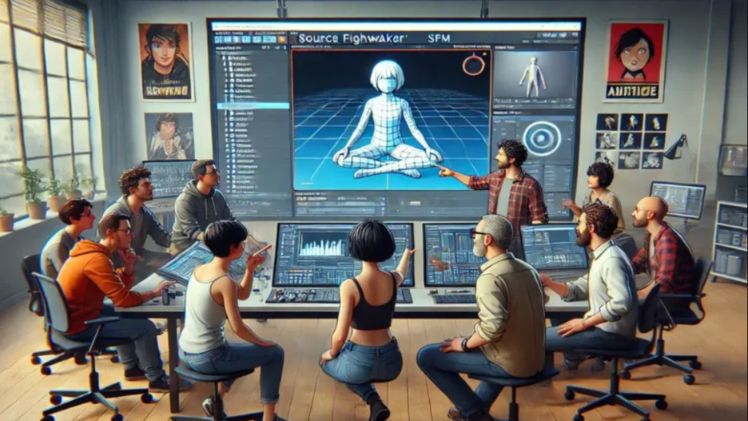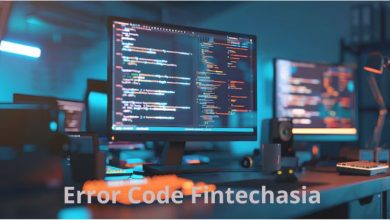Creating Stunning Animations with SFM Compile Process

Source Filmmaker (SFM) is a powerful animation tool developed by Valve. It is widely used for creating game-based animations and cinematics. One crucial part of working with SFM Compile is understanding the compilation process. Compilation converts animation data, models, and textures into a renderable format. Without proper compilation, animations can be slow, unoptimized, or full of errors.
This guide will walk you through everything you need to know about SFM compilation. If you are new to digital animation or a professional looking to improve efficiency, mastering SFM compilation will help you create better content.
What is SFM Compile?
SFM compilation is the process that transforms animation projects into optimized files for smooth playback and rendering. It ensures models, textures, lighting, and animations work together without issues.
Why is SFM Compilation Important?
Without compilation, animation files may be too large, slow, or fail to load properly. Here’s why it matters:
- Performance Optimization: Reduces lag and improves playback.
- Resource Management: Ensures assets are properly linked.
- Error Prevention: Helps detect missing textures, model path issues, and other errors.
How Does SFM Compilation Work?
The compilation process follows a structured pipeline:
- Asset Collection: Gathers models, textures, and animation data.
- Validation: Checks for missing files and broken links.
- Optimization: Reduces file size and enhances performance.
- Integration: Combines all elements into a final format.
During this process, SFM ensures that animations play smoothly, textures load correctly, and models are properly rigged.
Step-by-Step Guide to Compiling in SFM
1. Prepare Your Project
- Organize assets into proper folders.
- Remove unused files to save space.
- Ensure all textures and models are properly linked.
2. Configure Compilation Settings
- Set output resolution and frame rate.
- Choose quality settings based on the project.
- Enable optimization features to reduce file size.
3. Run the Compilation Process
- Start the compilation and monitor logs.
- Check for error messages or missing assets.
- Recompile if necessary to fix issues.
4. Verify the Output
- Play the compiled animation to check for smoothness.
- Look for missing textures or broken animations.
- Make final adjustments if needed.
Common Compilation Errors and Fixes
1. Missing Textures
- Cause: Incorrect file paths.
- Solution: Check and update asset locations.
2. Broken Models
- Cause: Moved or renamed model files.
- Solution: Relink files in SFM settings.
3. High Polygon Count
- Cause: Overly detailed models.
- Solution: Use Level of Detail (LOD) optimization.
Tips for Efficient Compilation
- Use Proper File Naming: Avoid confusion by keeping asset names organized.
- Optimize Textures: Compress textures to reduce file size.
- Clean Unused Files: Remove unnecessary models and textures.
- Use Batch Compilation: Automate compiling multiple files at once.
Advanced Techniques for SFM Compilation
1. Automation
- Write scripts to streamline the compilation process.
- Use batch processing to save time.
2. Pipeline Integration
- Implement version control for tracking changes.
- Set up automated quality checks.
The Future of SFM Compilation
SFM continues to evolve, with improvements in:
- Automation Tools: More efficient workflows.
- Real-Time Previews: Faster feedback for creators.
- Enhanced Optimization: Better performance on high-quality projects.
Frequently Asked Questions (FAQ)
1. Is SFM Compilation Safe?
Yes, compiling in SFM is completely safe when using official tools and assets.
2. How Easy is SFM to Use?
SFM has a learning curve but is accessible for beginners. With practice, you can master its tools and compilation process.
3. What Does SFM Stand For?
SFM stands for Source Filmmaker, a tool developed by Valve for creating 3D animations.
Conclusion
Mastering SFM compile is key to creating high-quality animations. By understanding the process and following best practices, you can optimize your workflow. Whether you are a beginner or a professional, improving your compilation skills will lead to better animations and a smoother production experience.





